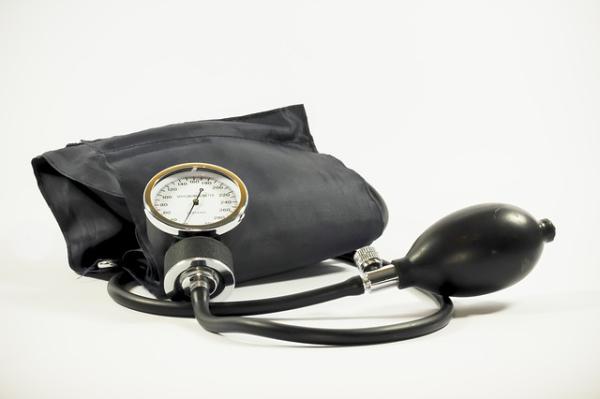
At this point, the cycle of press releases disguised as health journalism has become disappointingly predictable. This time, headlines from mainstream outlets are claiming that almost 50% of Americans have high blood pressure (HBP) after new guidelines for treating hypertension were released.
High blood pressure is what we doctors call a "non-specific symptom" which is simply characterized by an elevation of our blood pressure above a level that we have defined as "normal". So the first, and only, fact being reported is that a committee of American College of Cardiology (ACC) and American Heart Association (AHA) people has lowered the definition of what is normal. As a result, there are more patients that are suddenly abnormal, they have high blood pressure today though last week they did not.
“The prevalence of hypertension was 45.6% and 31.9% according to the 2017 ACC/AHA and JNC7 guideline (these is the previous definitions), respectively.“
Their health did not change. That 45.6% is the source of the headlines but that doesn’t tell us anything about the real story. For that, you actually have to read the paper, and that's why you have me.
Hypertension, because it is a nonspecific symptom, actually results in very few deaths
It is instead a modifiable risk factor for cardiovascular diseases like heart attacks, cardiac arrest, stroke – those are the bad things. For many years, physicians have treated high blood pressure as a kind of all or none phenomenon. You either have high blood pressure (by whatever definition you choose), or you do not. Increasing blood pressure is associated with poorer outcomes and that effect is linear, for each increase in blood pressure, there are more deaths, etc.
Simple, and, as it turns out, untrue
Hypertension is not a monolithic disease. Hypertension in a patient by itself does not have as significant an impact on health as hypertension in a patient with diabetes or an elevated cholesterol. The real distinction in these guidelines is that it begins to separate these families of patients out of the monolith of hypertension. This is a real form of personalized medicine.
The thinking behind the guidelines is that if we are using high blood pressure to modify the risk of cardiovascular disease, then we should take into account the patient’s risk in prescribing therapy. These guidelines focus on treating hypertension in groups at higher risk. Because the treatment is more focused, it should result in lower costs for medication and more efficacy in treatment. For the 13.7% of the US that has now been proclaimed hypertensive, only 1.9% require prescriptions; the rest need ‘lifestyle modification.’ And because these patients are at lower risk of a cardiovascular event, many are terming their condition pre-hypertension, in the same way, you might characterize a patient with high blood sugars that do not quite meet our standard criteria as pre-diabetic.
For physicians, it may be a discussion of semantics
There is another fact bearing upon treatment buried in the study. Using the old hypertension definition, 39% of patients being treated with medications were above their guideline goal. With the guideline lowered it is not surprising that this number rises to 53.4%. For a variety of reasons we are not doing a great job treating HBP, so there is little reason to believe that throwing more medications at the problem will be useful. Nonetheless, the ACA recommends more intense medical management for these patients.
And a word about lifestyle changes. Brace yourself for the recommendations
Exercise and follow a prudent diet, like the Dietary Approaches to Stop Hypertension (DASH) diet. [1]
But lifestyle changes are more difficult to initiate and comply with, so we will have to see whether these new guidelines are followed or if the physician, having failed to get patients to make better eating and activity choices start prescribing more medications.
Finally, while the article does detail that more intense therapy is necessary for some patients, is there another group simply being treated for hypertension without a cardiovascular risk that can now stop?
NOTE:
[1] These are taken from a separate article regarding the AHA/ACC guidelines for lifestyle modification. Activity-In general, advise adults to engage in aerobic physical activity to lower blood pressure: 3 to 4 sessions a week, lasting on average 40 minutes per session and involving moderate-to-vigorous intensity physical activity. Diet – Consume a dietary pattern that emphasizes intake of vegetables, fruits, and whole grains; includes low-fat dairy products, poultry, fish, legumes, non-tropical vegetable oils and nuts; and limits intake of sweets, sugar-sweetened beverages, and red meats.
- Adapt this dietary pattern to appropriate calorie requirements, personal and cultural food preferences, and nutrition therapy for other medical conditions (including diabetes mellitus).
- Achieve this pattern by following plans such as the DASH dietary pattern, the USDA Food Pattern, or the AHA Diet.
Duh



